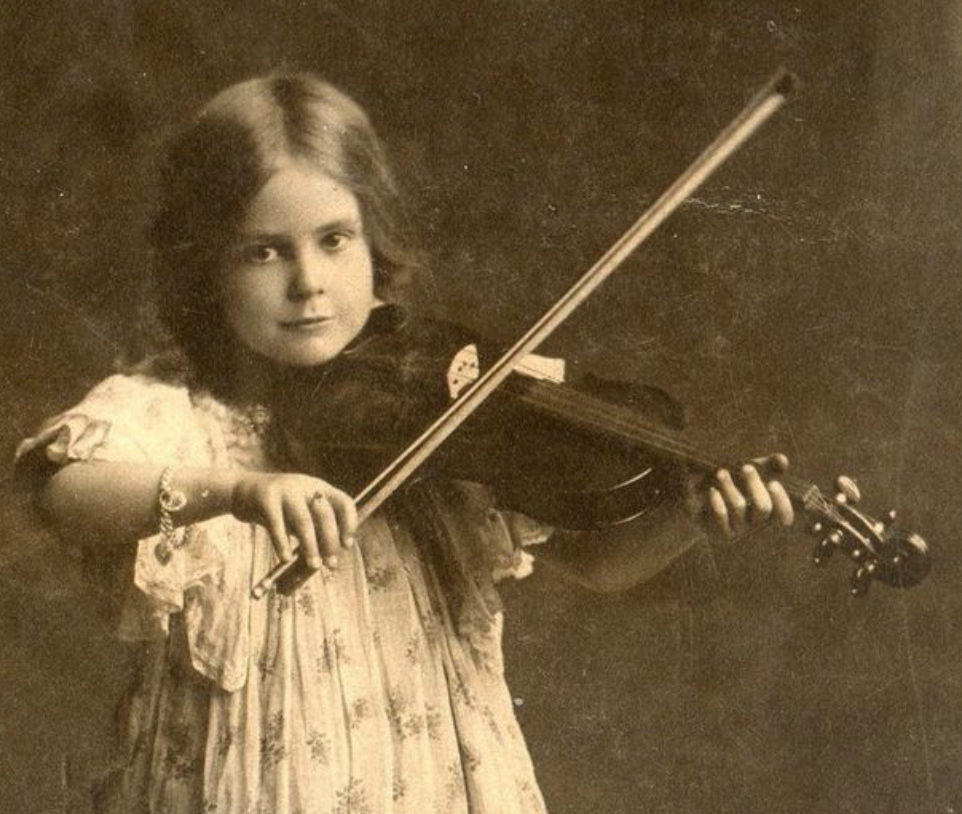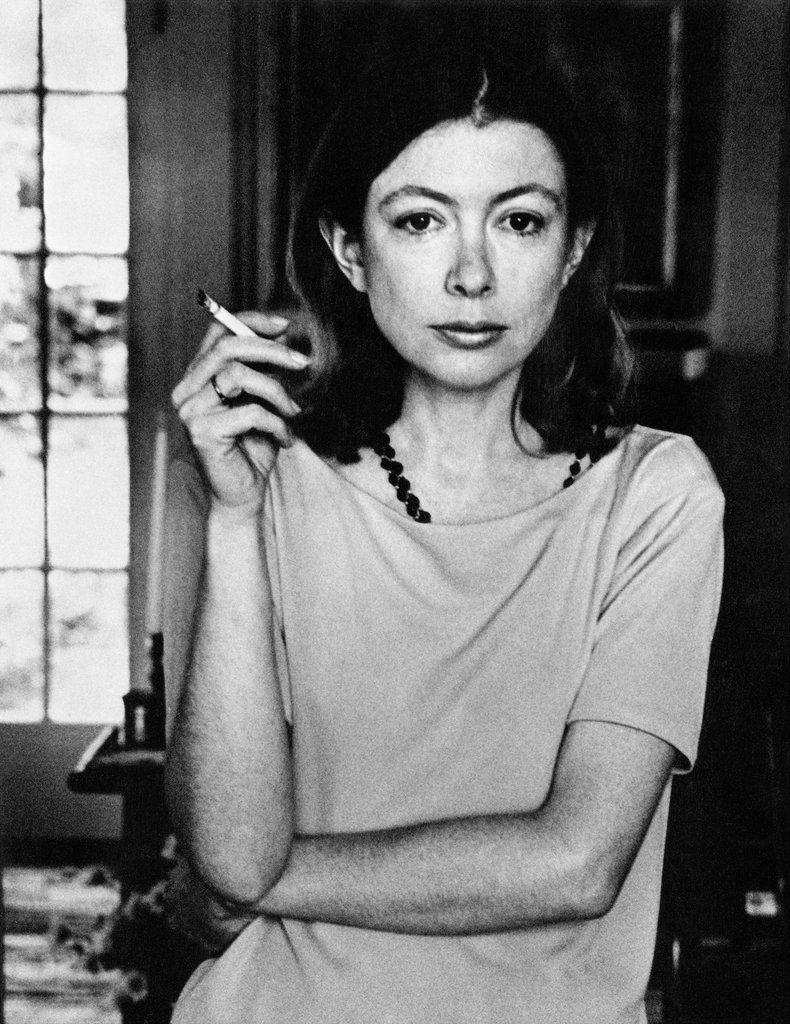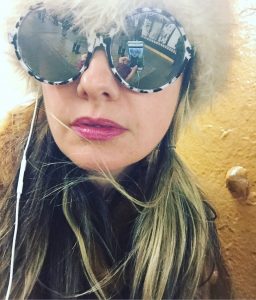 Once when I was 12, I saved up my babysitting money and bought a ticket to hear Vivaldi’s “The Four Seasons” performed on George’s Island, a waterfront historical park located right off the coast of Boston.
Once when I was 12, I saved up my babysitting money and bought a ticket to hear Vivaldi’s “The Four Seasons” performed on George’s Island, a waterfront historical park located right off the coast of Boston.
I’d always been in love with that group of concerti, and my love had been as private as it had been absolute. My father was a resolute R&B worshipper and my mother bopped along to whatever he put on the turntable, slipping on Broadway musicals like “Gigi” when he wasn’t around. But I’d been a violinist since I was six; the Suzuki Method was huge in that era and both my factory-worker grandfathers had played ardently if unprofessionally. Playing classical instruments isn’t so common anymore but back then ordinary people of all classes and backgrounds did it all the time. I’ve been thinking about this, about how we used to make our own art and culture, didn’t just consume it like fast food.
By the time I realized I preferred the richer registers of the viola, my parents had already bought a grownup-sized violin–I was a tall kid–and my compromise was to practice just enough to justify their purchase. I played second violin in orchestra, and used my sight-reading skills more joyfully in chamber choir, where I sang first tenor. The result was a passion for the rigors of classical music that I rarely revealed at home or in my working-class neighborhood. Even now I rarely discuss this prediliction, though, left to my own devices, I listen to those busybody Baroque composers nearly as often as I listen to Aretha. Bach, Vivaldi, Dvořák; Telemann, too. Continue Reading →


